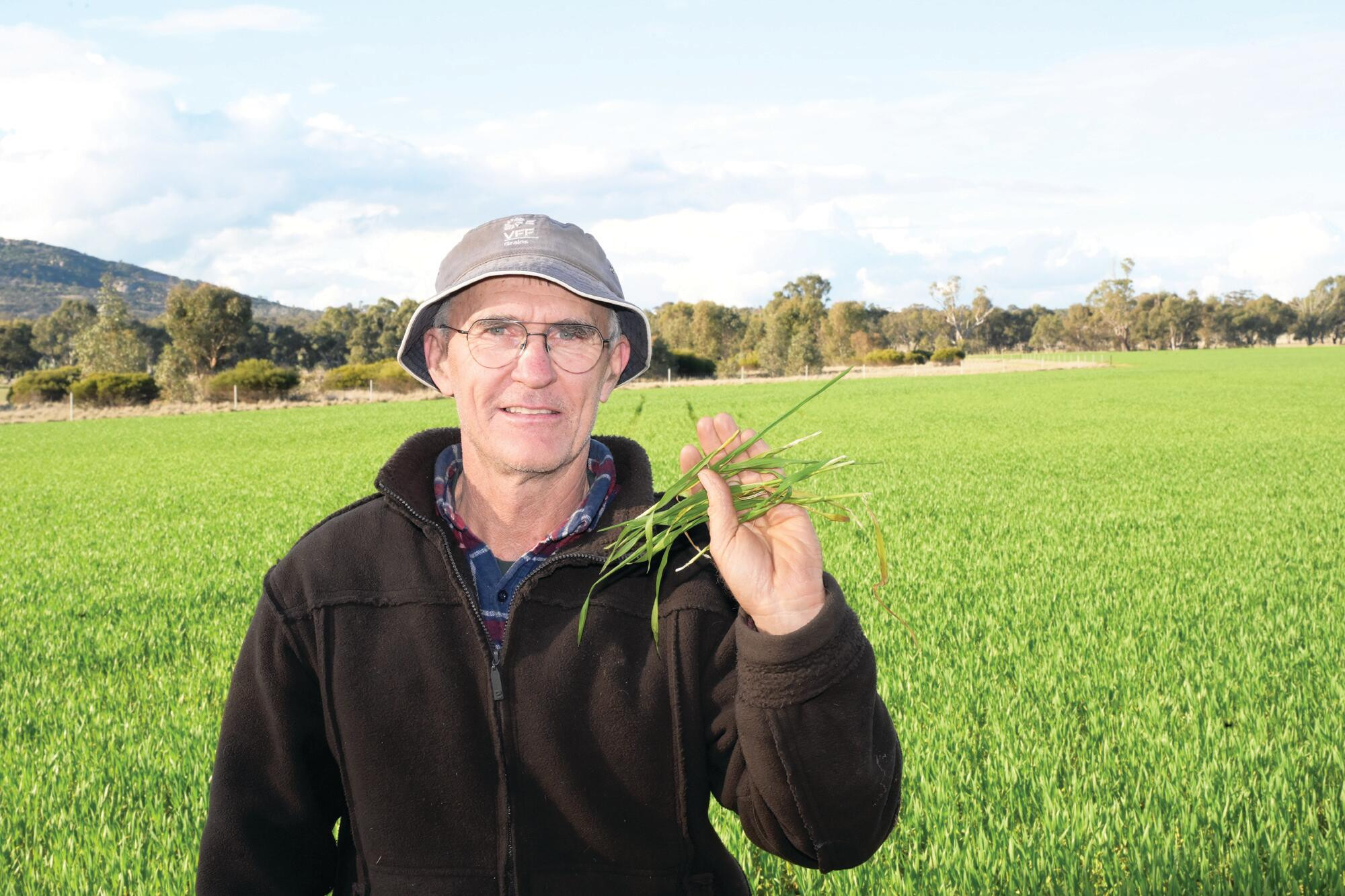Agriculture
14 August, 2024
Crop munchers: pesky birds get new sugar fix
By CHRIS EARL WHEAT crops have become the latest Loddon target for corellas. The birds are finding a new sugar-fix on farms between Inglewood and Wedderburn. Corellas, cockatoos and galahs began nibbling at the outer perimeter of crops within days...

By CHRIS EARL
WHEAT crops have become the latest Loddon target for corellas.
The birds are finding a new sugar-fix on farms between Inglewood and Wedderburn.
Corellas, cockatoos and galahs began nibbling at the outer perimeter of crops within days of deserting Bridgewater where Loddon River trees had been stripped of leaves and bark.
Glenalbyn farmer and president of the Wedderburn branch of the Victorian Farmers’ Federation Graham Nesbit said prospects for a good season were at risk. “They are cutting crops off at the ground and getting their fix of sugar and starch,” he said.
His concern about government inaction tackling expanding bird, and kangaroo numbers, comes as the Department of Energy, Environment and Climate Action confirmed $250,000 in grants under its corella management strategy.
“Almost $250,000 has been invested to support the important work of ten projects across Victoria, including the protection of community assets and trialling of new methods for managing corella impacts. Recipients include land managers, sporting associations, industry bodies and schools,” a spokesperson said.
However, details of the recipients or the projects have not been announced.
The department said: “Recent years have seen an increase in reports of damage by Corellas to community infrastructure, recreation facilities and agricultural assets. Population increases, urban expansion, reduction in habitat and climate change have contributed to more human-wildlife interactions.
“This can lead to tensions between the need to control Corellas to protect assets and agriculture and increased awareness and concern for wildlife welfare.”
Mr Nesbit, who has placed a gas gun on the edge of this season’s wheat crops to minimise damage, said a government program in the 1990s involving netting and gassing had helped manage corella numbers at the time.
He believes advancement in crop seed research could be boosted to develop grain for sowing that “has a taste unpalatable to corellas and other birds pecking at crops”.
“The margins are already thin in agriculture. These birds are clever ... once they would hit the crops when the head was maturing, now they are coming before the heads shoot.” Mr Nesbit said.
He believes the recent Loddon River exodus is tied to corellas heading in search of nesting locations before returning with a vengeance. “They are going into the hills, stopping in crops around here for their sugar fix first. I’m no expert but that’s my assumption.”
DEECA says its corella management strategy “promotes a living with wildlife approach to encourage positive attitudes to corellas, as part of a broader strategy for management of human/wildlife conflict in Victoria”.